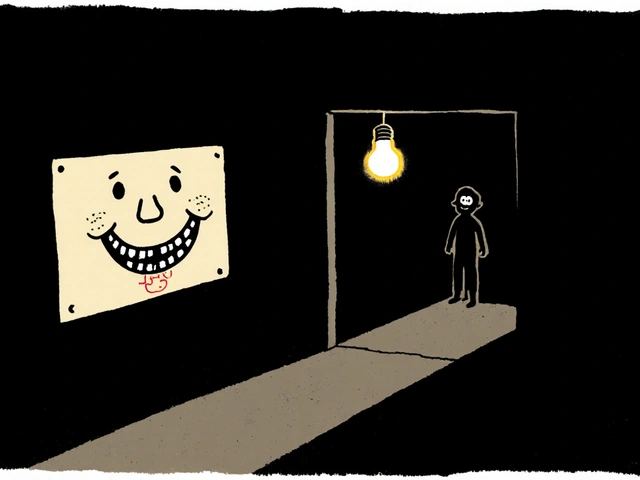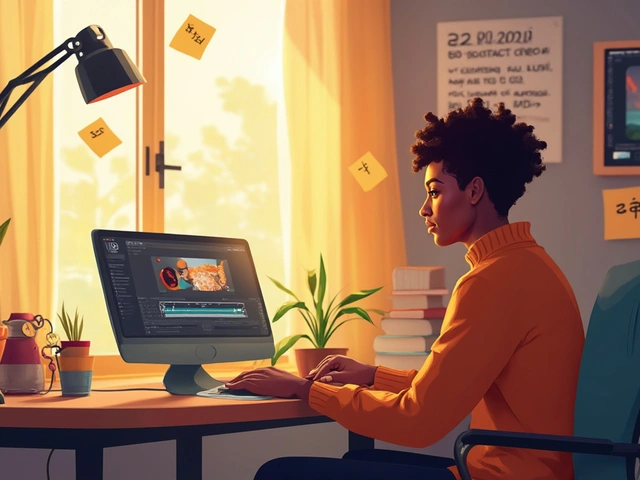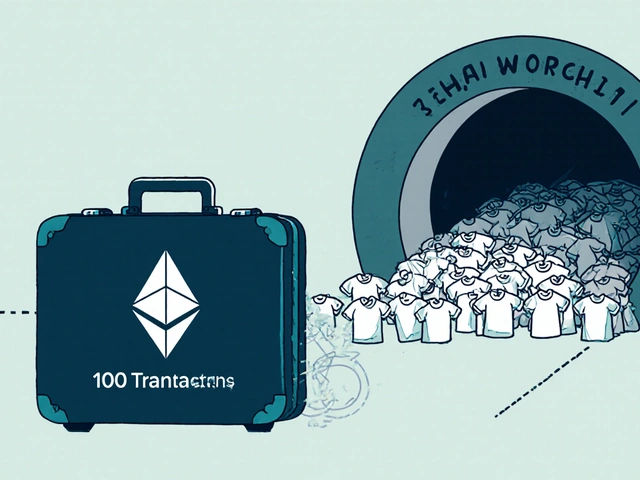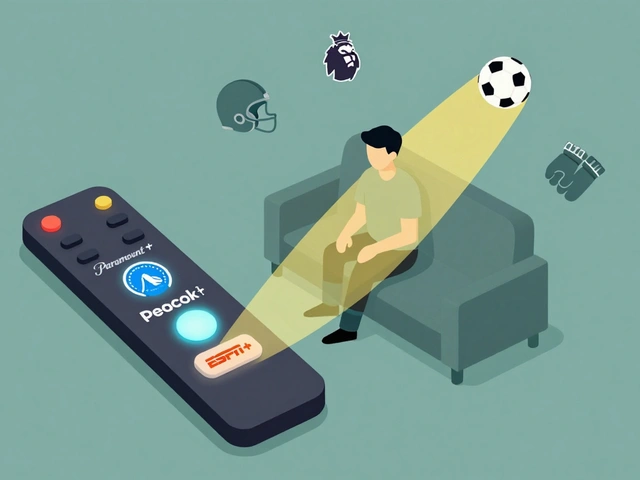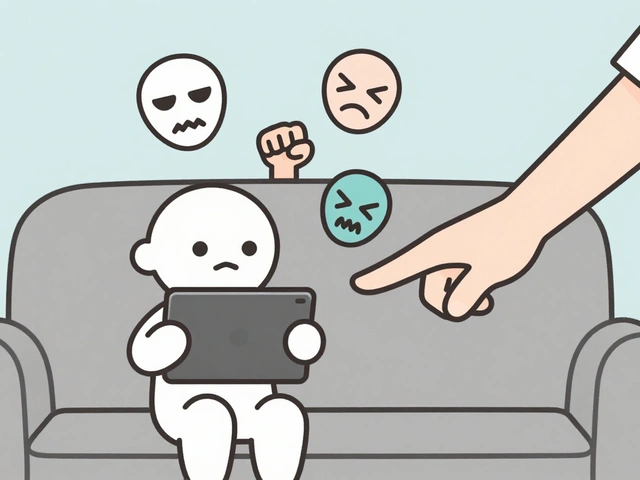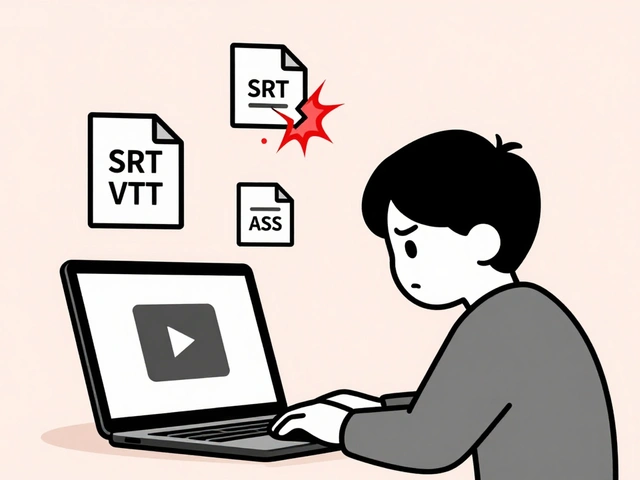21
PG-13 Horror vs. R-Rated Horror: What Ratings Really Mean for Scares
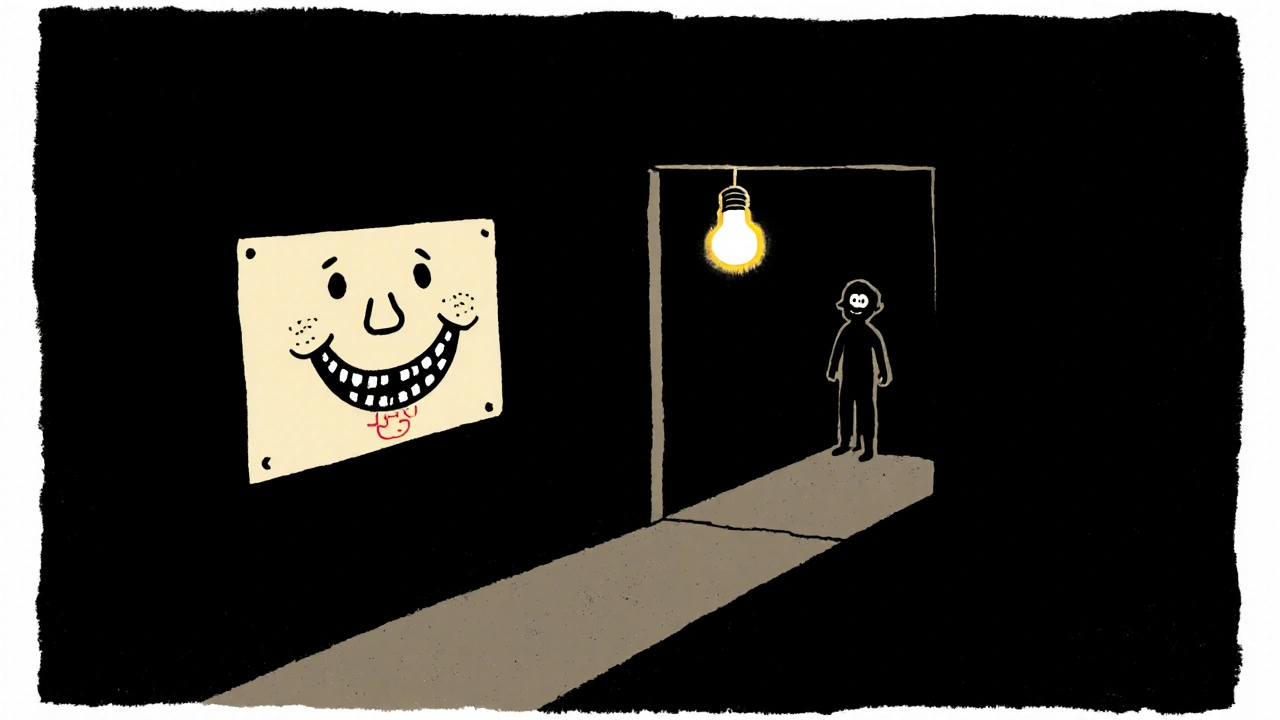
Think a horror movie needs blood and guts to scare you? Think again. Some of the most chilling moments in cinema history happened without a single drop of blood on screen. Meanwhile, plenty of R-rated horror films rely so heavily on gore that they forget how to actually make you feel uneasy. The difference between PG-13 and R-rated horror isn’t just about how much blood you see-it’s about how deep the fear goes.
What PG-13 and R Ratings Actually Mean
The MPAA doesn’t hand out PG-13 or R ratings based on how many jump scares you get. They rate movies based on intensity, frequency, and context of content. A PG-13 horror film can’t show explicit gore, sexual content, or strong language. But it can still show implied violence, disturbing imagery, and psychological tension. An R-rated horror film can show all of that-and more. That doesn’t mean R-rated is automatically scarier. It just means it has more tools in the box.
Take The Conjuring (2013). It’s PG-13. It has no on-screen decapitations or open wounds. Yet, it’s widely considered one of the scariest horror films of the last decade. Why? Because it uses silence, shadow, and sound to make your imagination do the work. Now compare it to Hellraiser (1987), an R-rated film full of visceral body horror. Both scare you-but in totally different ways.
PG-13 Horror: Fear Through Suggestion
PG-13 horror thrives on what you don’t see. It’s the creak on the stairs you didn’t hear before. The face in the mirror that wasn’t there a second ago. The whisper behind you that fades when you turn around.
Directors like James Wan and Ari Aster have mastered this. In Hereditary (2018), the most horrifying moment isn’t the gore-it’s the slow realization that something is deeply, irrevocably wrong. The film is rated R, but many PG-13 horror films use the same trick: psychological dread over physical shock.
PG-13 horror often relies on atmosphere. Think of the hallway lights flickering in Insidious. Or the way the camera lingers too long on a child’s drawing. These moments don’t need blood. They need timing. They need silence. And they need your brain to fill in the worst possible picture.
Why does this work? Because your mind is scarier than any monster. Studies from the University of California, Berkeley show that the brain reacts more strongly to implied threats than to explicit ones. When you imagine something terrible, your amygdala lights up harder than when you see it on screen.
R-Rated Horror: Fear Through Overload
R-rated horror goes for the gut. It’s the sound of bones cracking. The smell of rotting flesh. The sight of a face peeling off like wet wallpaper. It’s visceral. It’s raw. And sometimes, it’s numbing.
Franchises like Saw and Evil Dead use R ratings to push boundaries. They don’t just show violence-they make you feel it. The gore isn’t just shock value. It’s a tool to break your sense of safety. When you see a character’s intestines spill out, your body reacts: heart races, stomach drops. It’s primal.
But here’s the catch: too much gore can desensitize you. After the fifth decapitation, your brain starts tuning out. That’s why many R-rated horror films now blend gore with psychological elements. The Witch (2015) is R-rated, but its terror comes from isolation, paranoia, and religious dread-not splatter. Even It Follows (2014), with its slow-moving monster, uses R-rated nudity to amplify unease, not just shock.
There’s also a cultural shift happening. Younger audiences, especially Gen Z, are drawn to horror that feels real. That means less cartoonish monsters and more slow-burn tension. Even R-rated films are cutting back on blood to focus on mood. The 2023 film The Boogeyman got an R rating for intense terror and language, but its scares came from grief and guilt-not chainsaws.
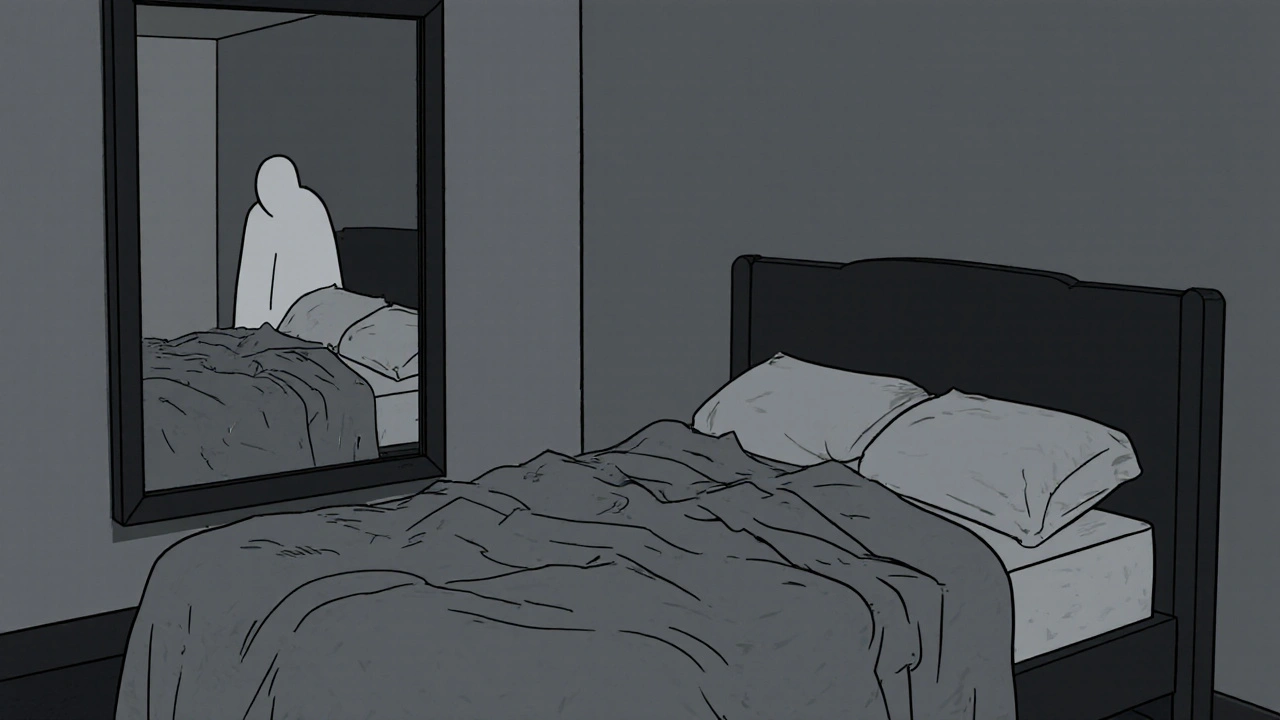
Why PG-13 Horror Makes More Money
Box office numbers don’t lie. PG-13 horror films consistently outperform R-rated ones. Why? Because they reach more people.
A PG-13 rating means teens can see it without a parent. That’s a huge demographic. In 2022, Smile made over $217 million worldwide on a $17 million budget. It was PG-13. It had no blood. Just a twisted smile and a creeping dread. Meanwhile, R-rated horror films like Terrifier 2 made $12 million. It had more gore, but a fraction of the audience.
Streaming platforms like Netflix and Hulu know this. Their most popular horror originals-The Haunting of Hill House, Midnight Mass, Dark Desire-are mostly PG-13 or borderline R. They prioritize mood over mayhem because they’re trying to keep viewers hooked, not just grossed out.
Even studios are shifting. Universal’s new “Dark Universe” plans for films like The Invisible Man and Wolf Man are leaning into psychological tension. They’re using PG-13 to build franchises, not just one-off shockers.
Which One Is Actually Scarier?
There’s no universal answer. It depends on what scares you.
If you’re easily disturbed by imagery-things like disfigurement, bodily violation, or extreme violence-you might find PG-13 horror more unsettling. It doesn’t show you the monster. It makes you feel like it’s watching you from your closet. That stays with you longer.
If you’re desensitized to gore or crave intense sensory overload, R-rated horror might hit harder. But it often fades faster. The adrenaline rush of a bloody finale doesn’t linger like the quiet dread of a child whispering, “I’m not alone.”
Some of the most terrifying horror films ever made are PG-13: The Sixth Sense, Paranormal Activity, Get Out. They use fear of the unknown, fear of betrayal, fear of the familiar turning sinister. They don’t need blood. They need truth.
Here’s a rule of thumb: PG-13 horror scares your mind. R-rated horror scares your body. One stays in your head. The other fades with the credits.

What’s Changing in Horror Ratings Today
Horror is evolving. The line between PG-13 and R is blurring. Studios are getting smarter. They’re using the rating system as a tool, not a limit.
Take It Ends With Us-wait, that’s not horror. But Talk to Me (2022) is. It’s R-rated, but its scares come from possession, not gore. The blood is minimal. The fear is deep. It’s a sign of where the genre is headed: less spectacle, more substance.
Also, global audiences are influencing U.S. horror. Japanese horror, Korean thrillers, and Nordic dread are all PG-13-friendly. They rely on silence, social anxiety, and slow reveals. Hollywood is copying that. Look at The Wailing (2016)-R-rated in the U.S., but its terror comes from ambiguity, not violence.
And let’s not forget social media. TikTok horror trends like “The Backrooms” or “Slender Man” are PG-13 by nature. They’re creepy, not gory. They’re viral because they’re shareable. Teens don’t want to see intestines. They want to feel like something’s watching them from their phone screen.
Final Take: It’s Not About the Rating, It’s About the Craft
There’s no magic formula. A PG-13 horror film can be a masterpiece. An R-rated one can be a mess. It all comes down to execution.
The best horror doesn’t care about the rating. It cares about making you feel something real. Loneliness. Guilt. Helplessness. The dread of being watched. The fear that you’re not safe-even in your own home.
So next time you pick a horror movie, don’t just check the rating. Ask yourself: Do I want to be startled? Or do I want to be haunted?
Can PG-13 horror be as scary as R-rated horror?
Yes. Many of the most enduring horror films are PG-13. Films like The Sixth Sense, Get Out, and Hereditary rely on psychological tension, atmosphere, and emotional dread rather than gore. The scariest moments often come from what’s implied, not shown. Your imagination is your worst enemy-and PG-13 horror knows how to use that.
Why do studios prefer PG-13 for horror films?
PG-13 opens the audience to teens and families. Horror movies with broad appeal make more money. PG-13 films can play in more theaters, get more streaming views, and avoid the stigma that some viewers associate with extreme R-rated content. Studios know that fear doesn’t require blood-it requires timing, mood, and emotional stakes.
Does more gore mean a scarier movie?
Not necessarily. Gore can shock in the moment, but it often loses its impact after repeated exposure. Studies show that the brain adapts to visual stimuli quickly. True horror lingers because it taps into primal fears-being watched, losing control, isolation. A single well-placed whisper can haunt you longer than ten dismemberments.
Are there any R-rated horror films that don’t rely on gore?
Absolutely. Films like The Witch, It Follows, and Talk to Me are R-rated but use minimal gore. Their scares come from isolation, paranoia, and psychological unraveling. The R rating often comes from language, sexual content, or intense atmosphere-not blood. These films prove that horror doesn’t need violence to be effective.
What’s the future of horror ratings?
The future is leaning toward psychological horror with PG-13 or borderline R ratings. Streaming platforms and global audiences favor slow-burn tension over shock value. TikTok and social media trends are also shaping what scares people-creepy sounds, distorted faces, and unseen presences. Expect fewer chainsaws and more silence. The most terrifying thing won’t be what you see-it’ll be what you feel.

